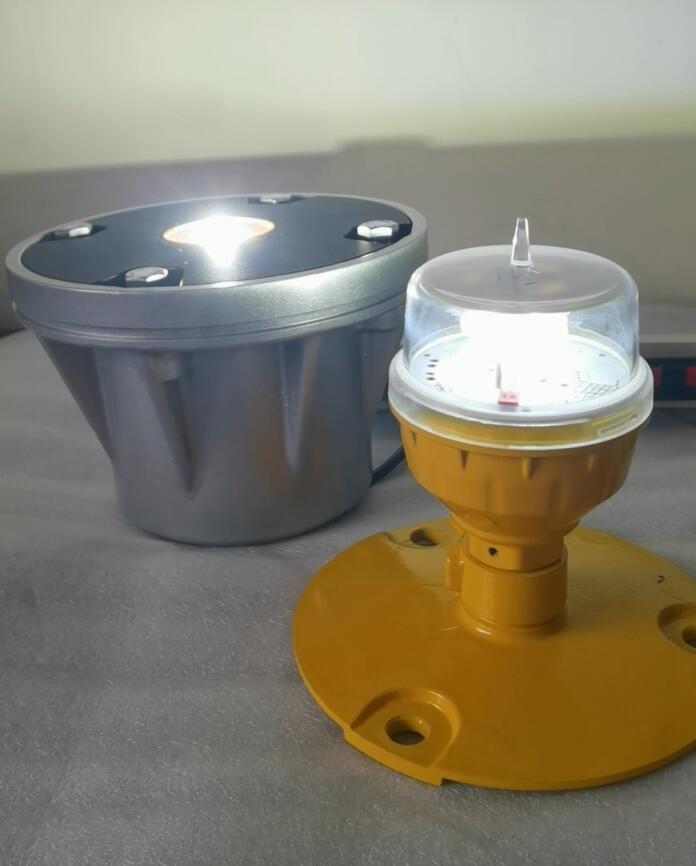
Helicopters are remarkable machines that offer a unique mode of transportation, providing rapid access to areas that may be difficult to reach by other means. At the heart of safe helicopter operations lies the heliport, and an essential element of a well-functioning heliport is its lighting.
Heliport lighting serves several crucial purposes. Firstly, it enhances visibility for pilots during both day and night operations. In low-light conditions or at night, proper lighting is a matter of life and death. It allows pilots to clearly see the boundaries of the heliport, approach paths, and any obstacles that might pose a risk. The illuminated helipad provides a distinct target for the pilot to land on, ensuring accuracy and safety.
Different types of heliport lighting are designed to meet specific needs. Perimeter lights outline the edges of the heliport, making it visible from a distance. Approach lights guide the pilot as they approach the heliport, giving them a clear path to follow. Taxiway lights help in navigating around the heliport after landing. These lights are carefully positioned and calibrated to provide optimal visibility without causing glare or confusion.
heliport lighting
GVBC
55FV
444EDC
The quality of heliport lighting is regulated by strict standards and guidelines. Aviation authorities around the world mandate specific requirements for brightness, color, and placement of lights to ensure consistent safety. Manufacturers of heliport lighting systems must adhere to these standards to provide reliable and effective lighting solutions.
In addition to safety, heliport lighting also plays a role in enhancing the efficiency of operations. Pilots can quickly identify and approach the heliport, reducing flight times and fuel consumption. This is particularly important in emergency situations where every second counts. Moreover, well-lit heliports can handle more traffic, facilitating smoother operations and reducing delays.

Modern heliport lighting systems are becoming increasingly advanced. LED technology is being widely adopted due to its energy efficiency, long lifespan, and superior performance. LED lights can be programmed to provide different intensities and colors depending on the operational needs. They also offer better resistance to environmental factors such as rain, snow, and wind.
The maintenance of heliport lighting is equally important. Regular inspections and testing are necessary to ensure that all lights are functioning properly. Faulty lights can pose a serious threat to safety and must be repaired or replaced promptly. Maintenance crews must be trained and equipped to handle any issues that may arise with the lighting system.
In conclusion, heliport lighting is a critical component of helicopter operations. It provides the necessary visibility and guidance for pilots, ensuring safe landings and takeoffs. With advancements in technology, heliport lighting is becoming more efficient and reliable, enhancing the overall safety and effectiveness of helicopter transportation. As the demand for helicopter services continues to grow, the importance of proper heliport lighting cannot be overstated. It truly illuminates the skies and paves the way for seamless helicopter operations.